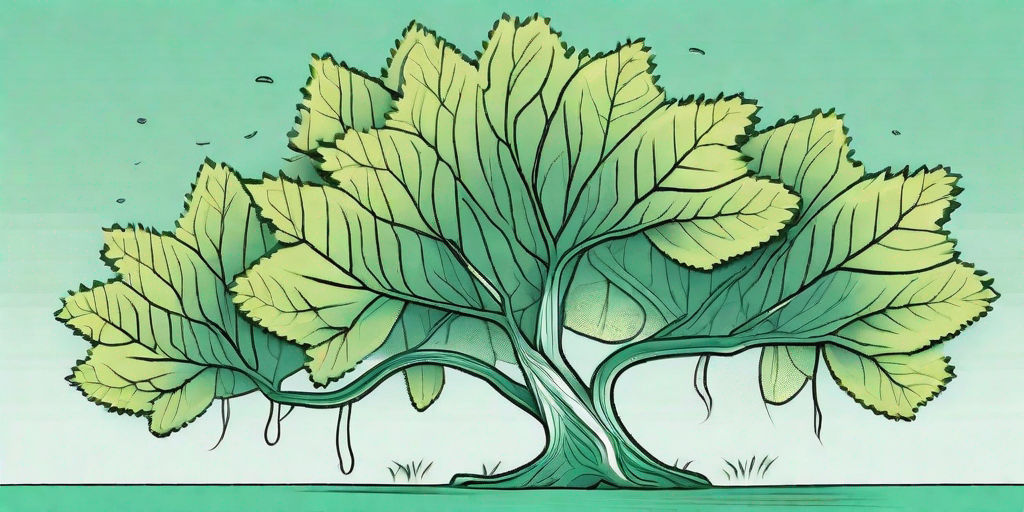
Welcome to the world of Lacebark Elm trees, where the struggle is real, but the rewards are worth it. If you're a proud owner of this majestic tree, or contemplating becoming one, then this survival guide is just for you. We'll be diving into the common issues faced by Lacebark Elm enthusiasts and providing some cheeky solutions to keep your tree thriving and your sanity intact.
The Lacebark Elm: A Brief Introduction
Before we delve into the nitty-gritty of Lacebark Elm woes, let's get to know our subject a bit better. The Lacebark Elm, also known as Ulmus parvifolia, is a native of eastern Asia and is known for its mottled bark and resistance to Dutch Elm disease. It's a popular choice for urban landscaping due to its tolerance for pollution and compacted soil. But like any diva, it comes with its own set of demands.
Now, don't let this deter you. With the right care and a dash of humor, you can navigate through these challenges like a pro. So, buckle up and let's get started!
Common Lacebark Elm Problems and Their Cheeky Solutions
Problem #1: Yellowing Leaves
Nothing screams 'I need help' louder than a Lacebark Elm with yellowing leaves. This could be a sign of various issues, including poor soil drainage, inadequate sunlight, or nutrient deficiency. But fear not, for every problem, there's a solution.
Firstly, ensure that your tree is getting enough sunlight. Lacebark Elms are sun-loving creatures and need at least six hours of direct sunlight each day. If your tree is in a shady spot, consider moving it to a sunnier location. If that's not possible, you might have to resort to singing 'Here Comes the Sun' every morning. Just kidding! But seriously, sunlight is crucial.
Secondly, check your soil drainage. If water is pooling around the base of your tree, it's time to improve your drainage. This might involve adding organic matter to your soil or installing a drainage system. Remember, Lacebark Elms like their feet wet, but not waterlogged.
Lastly, consider a soil test to check for nutrient deficiencies. If your tree is lacking certain nutrients, a good old-fashioned dose of fertilizer might be just what the doctor ordered.
Problem #2: Pests
Like any celebrity, the Lacebark Elm attracts its fair share of unwanted attention. Pests such as aphids, scale insects, and elm leaf beetles can cause significant damage to your tree. But don't panic, we've got some tricks up our sleeve.
Firstly, regular inspection is key. Keep an eye out for signs of pests, such as discolored leaves, sticky residue, or the pests themselves. If you spot any of these, it's time to take action.
For a natural solution, consider introducing beneficial insects, such as ladybugs or lacewings, which are natural predators of many pests. Alternatively, a horticultural oil or insecticidal soap can also be effective. Remember, the best offense is a good defense.
FAQs
How often should I water my Lacebark Elm?
While Lacebark Elms are drought-tolerant, they do appreciate regular watering, especially during dry periods. A good rule of thumb is to water deeply once a week during the growing season and less frequently during the dormant season.
What type of soil does a Lacebark Elm prefer?
Lacebark Elms are not picky when it comes to soil. They can tolerate a wide range of soil types, from sandy to clay. However, they do prefer well-drained soil.
Can Lacebark Elms be grown in containers?
Yes, Lacebark Elms can be grown in containers, making them a great choice for urban gardens or patios. Just make sure to choose a container with good drainage and enough space for the tree's root system.
Conclusion
So there you have it, a humorous take on surviving Lacebark Elm woes. Remember, with a bit of care, attention, and a good sense of humor, you can keep your Lacebark Elm happy and healthy. And remember, when in doubt, laugh it out!
Happy gardening!















